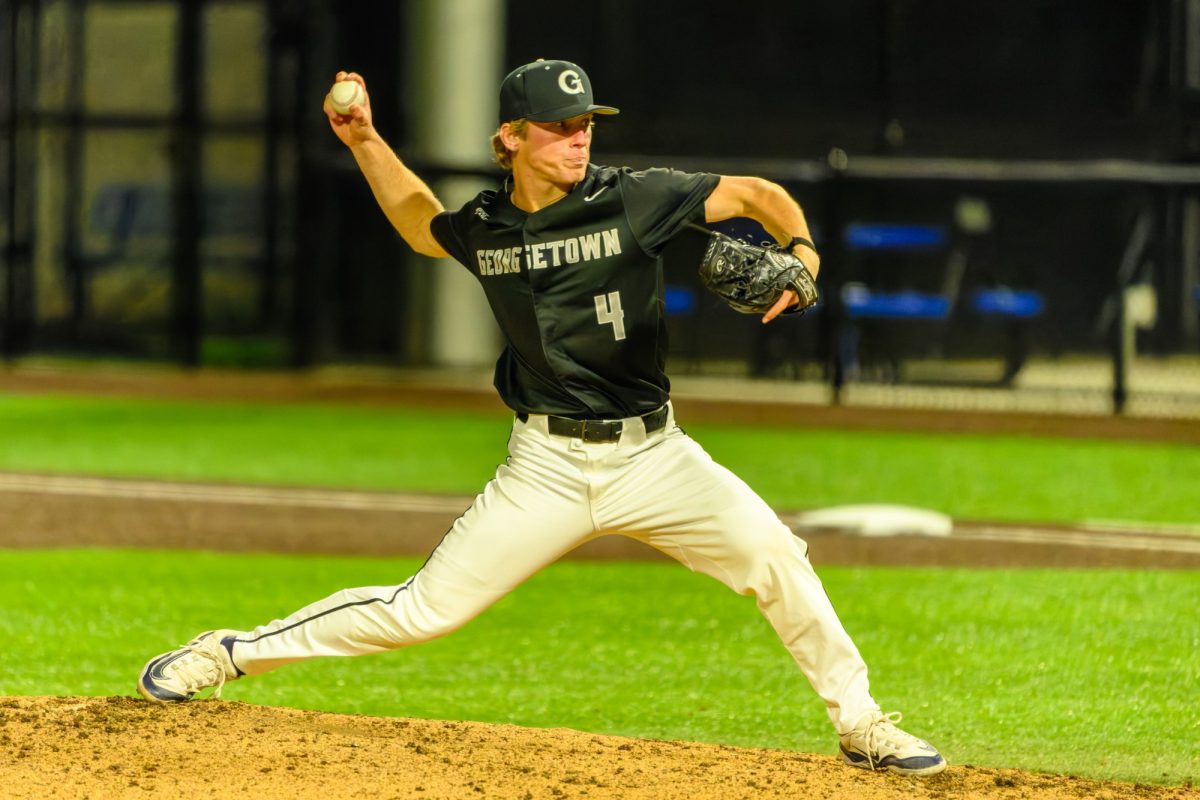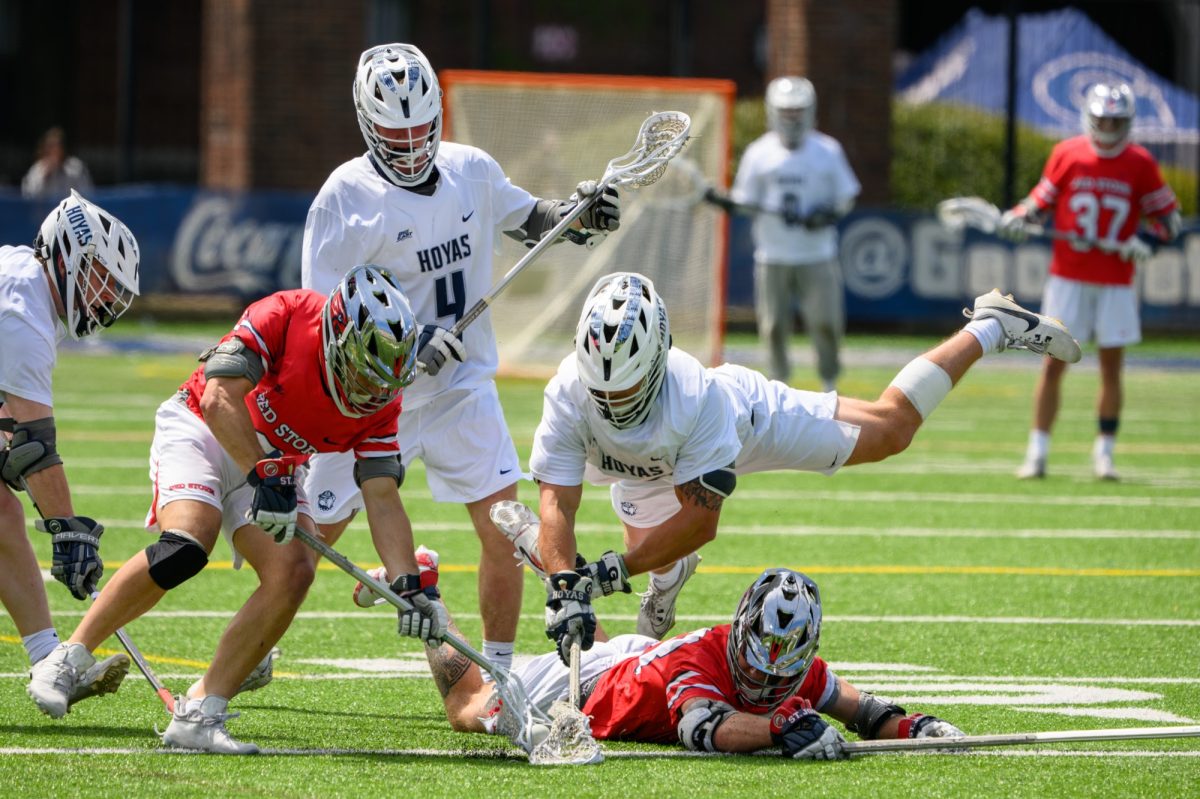For the first time since 1997, two NFL games have ended in a tie in the same season. A week seven game between the Seattle Seahawks and Arizona Cardinals ended in a 6-6 stalemate, while a week eight matchup in London ended with Washington tying Cincinnati at 27. After both ties, players were confused, coaches were frustrated and fans and pundits alike bemoaned the NFL’s overtime system – decrying the entire concept of a tie in professional football.
As is custom, college football’s overtime system was brought up and praised for its ability in always determining a winner and being relatively efficient at doing so. Efficiency, however, is not always a justifiable reason for doing things, yet there is one unified theory of overtime that would improve the game at both levels, avoid ties and preserve the core elements of playing football: guaranteeing each team a possession from midfield.
In the status quo for college football overtime, a team begins at its opponent’s 25-yard line, and each team is guaranteed a possession. If the score remains tied after each team possesses the ball, the cycle repeats until there is a winner — with some slight rule modifications beginning in triple overtime. In the NFL, teams are also guaranteed a possession unless the team that possesses the ball first scores a touchdown on its first drive. In that case, the team that scores the touchdown wins.
The biggest issue with college football overtime is that teams can afford to be stagnant on offense and still be victorious if they have a capable kicker. Teams that win the coin toss almost always choose to defend, because it gives the offense a distinct advantage of knowing what they need to do either to win the game or send it into a second overtime.
On the chance that the first team to possess the ball misses a kick, turns the ball over or is stopped on fourth down, the offense can theoretically bring out its kicker, attempt a 42-yard field goal and win the game without doing anything.
Though teams do not often do this and will instead run the ball to at least make the kick easier, it seems rather antithetical to the purpose of the sport. If this is really the ultimate outcome, the teams should just engage in a field goal kicking competition similar to a shootout in hockey or soccer.
There are also clear problems with the NFL’s model. First, because the overtime begins with a kickoff, teams usually start over 70 yards from the end zone and at least 40 yards out of field goal range. This can make it too difficult to score, and, even with one possession guaranteed, teams will eventually have to compete against the clock and potentially face an awkward decision in which playing for a tie is the best possible outcome because a second overtime, does not exist.
Given the extremely physical nature of football and each player’s susceptibility to injury, creating more overtimes in this manner seems dangerous, as it exposes players to potential harm that could otherwise be avoided or minimized. At least one benefit of the college system is that a team can only run so many plays in a 25-yard span until they score, are forced to kick or fail to convert on fourth down. Even if this occurs two or three times, it is still preferable to multiple 15-minute quarters in which teams are tasked with going 80 yards instead of 25.
My solution is to meet in the middle. Take kickoffs and overly long distances out of the equation, but force offenses to move the football in order to win a game. An analysis by FiveThirtyEight shows that NFL kicking is on a historical upward trend — even if some of the missed chip shots that enabled the recent ties would have you think otherwise.
For example, in the last years of the data set, NFL kickers made about 2-of-3 of their kicks from 50-plus yards. To get into this field goal range, teams would still have to move the ball about 15 yards, which is more football-like than the college system of doing nothing and trying a field goal that NFL kickers make close to 80 percent of the time.
Though college kickers haven’t seen the historical progression that NFL kickers have, they essentially made the same percentage of field goals in 2014 as they did in 2009, there is still the principle of having to move the ball and gain yardage in order to win a game.
If a team scores a touchdown under this system, it still creates the same necessity for the other team to convert on fourth down and to be aggressive, but it also makes that touchdown more impactful, because the opposing team will, in theory, have a harder time scoring, as it is more difficult to go 50 yards than it is to go 25.
The NFL and its rules have many flaws, but the egregious and avoidable overtime may be one of the biggest. For the sake of the teams and the players, there needs to be a definitive winner and loser, because, while nobody loses in a tie, nobody wins either.
Michael Ippolito is a senior in the College. The Water Cooler appears every Friday.















